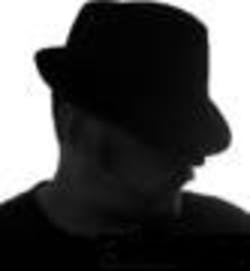Many of man’s most fantastic discoveries were found while he was searching for something else.
Case in point: Celebrating its 99th scientific assembly and annual meeting in Chicago Dec. 1-6, the Radiological Society of North America (RSNA) – and, for that matter, modern medicine as we know it – would not exist were it not for one such serendipitous accident.
On Nov. 8, 1895, German physicist Wilhelm Roentgen was trying to repeat an experiment in which cathode rays light up salts, darkening a photographic plate. During one of his attempts, he happened to notice a green glow by a nearby fluorescent screen; when he held his hand between it and the cathode-ray tube, he could see his bones and soft tissue. Weeks after his discovery, he took the very first X-ray picture, photographing his wife’s hand. Legend has it that when she saw her skeleton, she exclaimed, “I have seen my death!”
One can certainly understand Mrs. Roentgen’s overreaction, especially in 1895, when such sights must have been thought akin to sorcery. And she brought up a valid point: Overexposure to X-rays can hurt you. In fact, one of modern-day radiology’s biggest challenges is how to best use technology to ensure that patients aren’t subjected to harmful – or even lethal – doses of radiation.
That will certainly be a topic of discussion at RSNA’s 99th annual meeting, which hosts more than 50,000 attendees from around the world. Highlights include: breaking news from more than a dozen scientific press conferences; approximately 3,000 presentations covering the latest trends in radiologic research; opportunity to interview experts in all radiologic subspecialties and related fields; access to approximately 2,000 education exhibits and informatics demonstrations; continuing education; symposiums; image interpretation sessions; RSNA Diagnosis Live; and the world’s largest and most spectacular exhibition of radiology-related products and services (about 700 exhibitors).
France Presents at RSNA 2013 is a celebration of France’s contributions to radiologic discovery. More than 1,000 French colleagues will highlight new techniques and practical clinical applications for diagnosing and treating cancer.
Featured speakers at RSNA 2013 include: RSNA President Sarah S. Donaldson, M.D., “The Power of Partnership”; Damian E. Dupuy, M.D., annual oration in diagnostic radiology, “We Must Stand on the Shoulders of Giants”; Irving L. Weissman, M.D., Eugene P. Pendergrass New Horizons Lecture, “Normal and Neoplastic Stem Cells: Implications for the Radiological Sciences”; Condoleezza Rice, Ph.D., “Mobilizing Human Potential”; Paul M. Harari, M.D., annual oration in radiation oncology, “Beneficial Liaisons: Imaging and Therapy”; David A. Jaffray, Ph.D., RSNA/AAPM Symposium, “Imaging in Partnership: With Radiation Therapy”; and James A. Deye, Ph.D., RSNA/AAPM Symposium, “Imaging in Partnership: With Physics and Quantitative Medicine.”
In addition, more than 40 exclusive tours for RSNA attendees and guests highlight Chicago’s restaurants, theater, music, shopping, art, architecture and nightlife.



